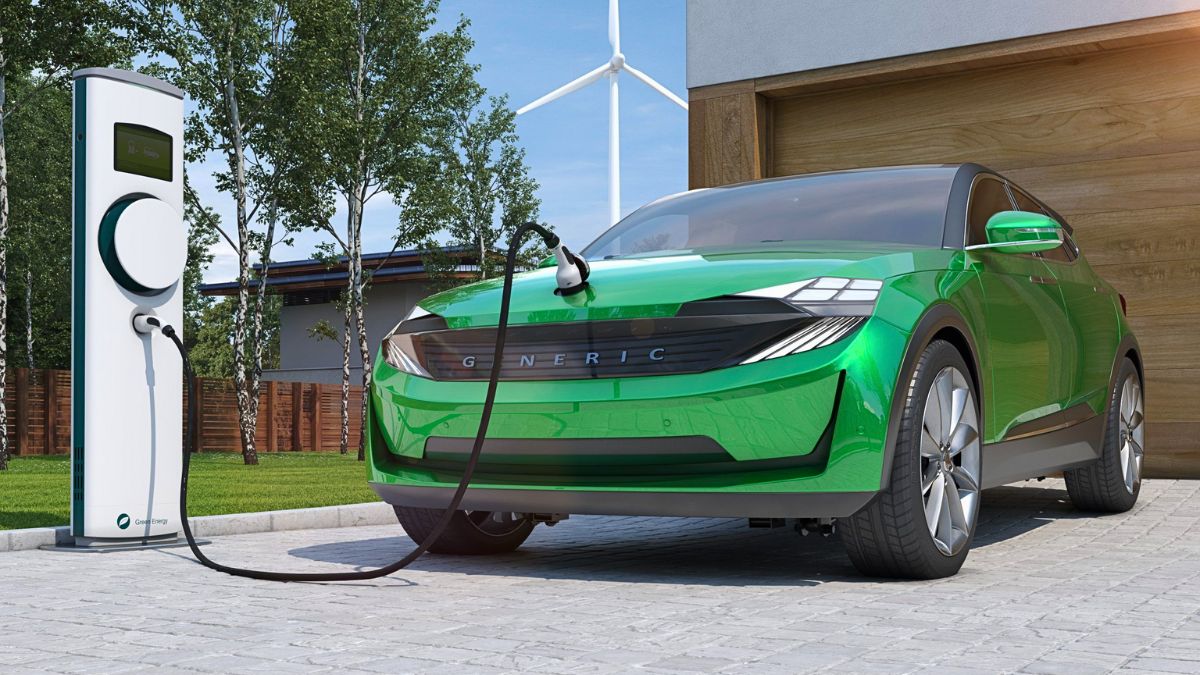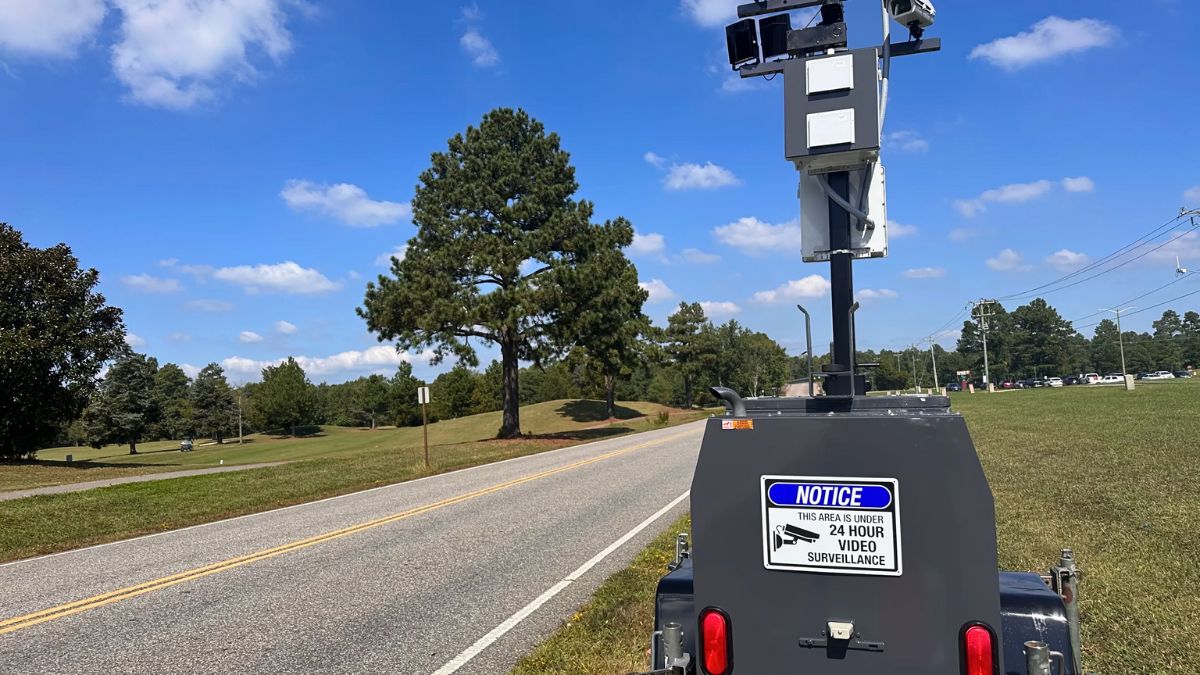Electric vehicles are no longer just niche gadgets for tech enthusiasts. They’re showing up everywhere—from city streets to rural highways—bringing along cleaner air, smarter grids, and some pretty exciting new technologies. Among these, V2G (Vehicle-to-Grid) technology is quietly becoming one of the most revolutionary concepts in the EV world. But the bigger picture involves more than just bi-directional charging—it’s about a global transformation of how we think about cars, energy, and the climate.
With encouraging EV trends in places like Europe and Colorado, and some sharp challenges here in the US, it’s clear: we’re at a turning point.
Momentum
It’s not all doom and gloom—quite the opposite. In states like Colorado and Washington, the goal of 30% new EV sales by 2026 is within reach. Used EVs are also bouncing back in value, which helps expand access. New EV prices are dropping too—the average transaction price in the US has gone down 7.4% since January 2023.
And here’s a surprising twist: EVs are actually helping to lower electricity rates. Utility companies are earning more revenue from EVs than they’re spending to support them, putting downward pressure on rates for everyone.
This isn’t just about cool gadgets—it’s about real savings, a cleaner environment, and better public health outcomes. So why does the EV future still feel so uncertain?
Resistance
Much of the uncertainty stems from policy changes. In the US, vital parts of the Inflation Reduction Act are being stripped back. That means federal tax credits—$7,500 for new EVs and $4,000 for used—are vanishing as soon as September 30. These credits helped drive the EV surge in recent years. Their removal will hit consumers and manufacturers alike.
For EV makers and clean tech investors, that kind of instability makes long-term planning nearly impossible. Factories, supply chains, and tech innovation need consistency—not sudden reversals.
There’s also resistance coming from fossil fuel interests. With massive subsidies—$7 trillion in 2022—propping up oil and gas, the playing field isn’t even close to level. And political will to change that? Still pretty weak.
Europe
Now, shift your gaze to Europe. There, EVs are not only accepted—they’re celebrated. A new study by the International Council on Clean Transportation (ICCT) shows battery electric vehicles in Europe emit 73% less greenhouse gas emissions over their lifetime than gasoline cars. That’s up from a 2021 estimate of 49%.
And it’s not just about emissions during use. Even when you count battery production, electric cars are cleaner. Other types of vehicles—hybrids and plug-in hybrids—haven’t made the same kind of progress.
Why? Because Europe’s electricity grid is getting cleaner. As the grid decarbonizes, the advantage of EVs only grows stronger.
Technology
V2G (Vehicle-to-Grid) is one of the most promising parts of the EV ecosystem. It allows electric vehicles to push energy back into the grid during peak hours, like a backup battery for the neighborhood.
That’s huge. It helps stabilize the grid, reduces the need for fossil-fuel power during high demand, and even creates a potential income stream for EV owners. Some school buses in Virginia are already using V2G technology to support the grid when not in service.
Add to that recent battery breakthroughs—like EVs that can charge more than halfway in five minutes—and it’s easy to see how EVs are becoming more appealing by the day.
Global
Around the world, the EV story is accelerating. EVs are lowering oil demand. They’re cheaper to maintain. And charging infrastructure is growing, with a mix of home, work, and public options.
Meanwhile, fleets of electric trucks, buses, and cargo vehicles are slashing costs and emissions. These changes are hitting at every level—consumer, commercial, and industrial.
So even if the US is taking a few policy steps backward, the EV revolution is moving full speed ahead elsewhere. As markets become more global, the US will have no choice but to catch up—or fall behind.
EV Trends and Insights
| Category | Trend / Insight |
|---|---|
| EV Sales | Record highs globally, up in 13 US states |
| Used EV Market | Resale values recovering |
| New EV Prices | Down 7.4% since Jan 2023 |
| Utility Impact | EVs add revenue, lower electric rates |
| V2G Technology | Used in school buses, homes, grid stabilization |
| Battery Innovation | Faster charging, safer long-range batteries |
| Fossil Fuel Subsidies | $7 trillion globally in 2022 |
| Europe EV Emissions | 73% lower GHG vs. gas vehicles |
The path to a cleaner, more efficient future is unfolding before us, even if it hits a few bumps in the road. Whether it’s the growth of V2G, new price drops, or the global embrace of electrification, there’s plenty of reason to believe that the EV revolution is very real—and it’s here to stay.
FAQs
What is V2G in EVs?
It allows EVs to send energy back to the power grid.
Are EV sales still growing in the US?
Yes, especially in states like Colorado and Washington.
Is V2G used in real-life cases?
Yes, school buses and pilot programs are using it.
Why are EV prices falling?
More supply, better tech, and shifting consumer demand.
Why is Europe ahead in EV adoption?
Cleaner grids, strong policy support, and consumer demand.

















